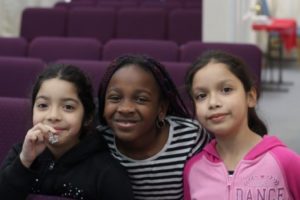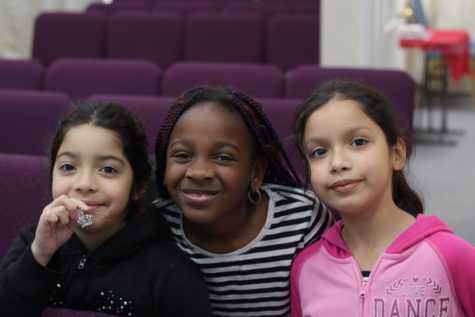NEW YORK — As the racial divide in the U.S. grows and the future for DREAMers, or children born to illegal immigrants in the country, grows more uncertain, one might think that a safe haven for children of any background would be their own school. A surprising new study, however, finds that most teachers are struggling to form a bond with many of their minority students or children of immigrants.
Researchers at NYU looked at data from the Education Longitudinal Study of 2002, which examines high school students and teachers, specifically analyzing self-reported surveys submitted by English and math instructors.

These surveys were used to gauge how familiar the teacher was with a given student, how proactive the teacher perceived the student, and how engaged the student was believed to be with peers.
Combining these measures with academic and demographic data, the former of which accounted for both past results and expected future outcomes, the researchers found that not all groups of students experienced comparable relationships with their teachers.
“Teachers’ relationships are hugely important for all students, but particularly so for groups that are marginalized. Yet, the students who could most benefit from relationships with their teachers are the ones that have the least access to strong teacher-student relationships,” says study author Hua-Yu Sebastian Cherng, an assistant professor of international education at NYU, in a school news release.
Asian-American students, for example, were said to have weaker relationships with their English teachers, while Hispanic students weren’t as close to their math instructors, when compared to third-generation white students.
Interestingly, English teachers reported stronger bonds with their third-generation black students than third-generation white students, which the researchers believe may be the result of a concerted effort to close the achievement gap.
“Different patterns in student-teacher relationships among English and math teachers suggest that distinct stereotypes may shape relationships,” says Cherng.
Since strong student-teacher relationships from a young age play a big role in fostering later academic success, the researchers argue that it is vitally important to close any performance gap.
“This study demonstrates that teacher-student relationships are a valuable source of social capital in that they help shape students’ academic expectations,” Cherng says. “In contrast to the idea that racial discrimination is an intentional disparagement, the findings may reflect a subtler form of racial discrimination: teachers may be unfamiliar with the lives of all of their students, and this lack of knowledge may hinder relationships.”
Rigorous training can help teachers in overcoming biases that may lead to discrimination, Cherng argues, which will lead to improved relationships and academic achievement.
The full study was published online last month in the American Journal of Education.

While I am decades past my school age years, I can safely say that I never recall “bonding” with any teachers. I hardly see how it could have even happened, as teachers were authority figures, not friends. Maybe that we see bonding as a goal, that is a symbol of a problem with modern day education system.